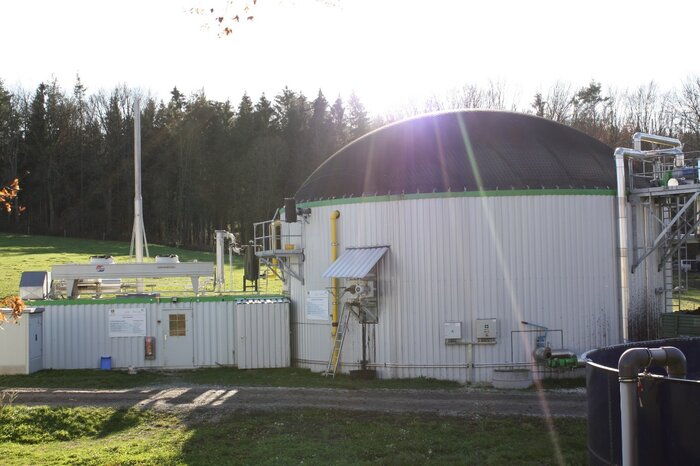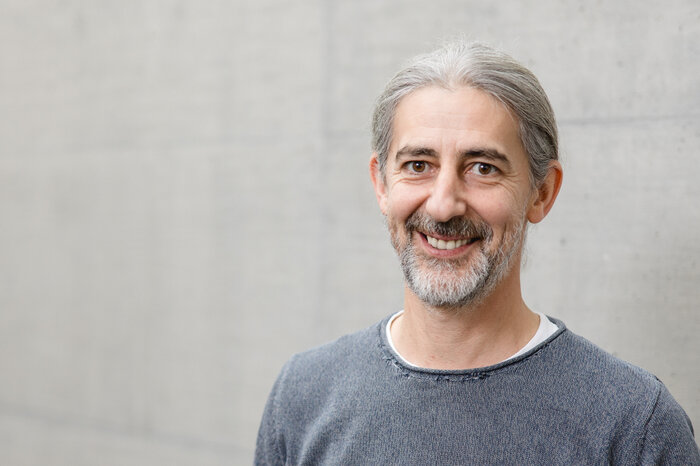Local Energy Communitiy (LEC) -
Dynamic Simulations and Load-Dependent Generation
In December 2018, the Austrian Council of Ministers - based on the EU's "Clean Energy Package" (Art. Art. 22 RL 2018/2001 "RED II") - decided to draft the "Renewable Expansion Act 2020". The package of measures also includes, among other things, the expansion of energy communities beyond property boundaries.

At the research centre Energy (FZE) of the Vorarlberg University of Applied Sciences (FHV - University of Applied Sciences), we have carried out two stimulating simulation projects to validate this newly created method of offsetting locally generated energy. The simulation balances all energy flows between producer and consumer plants for a whole year in a resolution of 15 minutes. Both real and realistic representative load profiles are used. From the energy balances, self-consumption, LEC or grid feed-in, and LEC or grid draw are balanced for each billing point. A distribution key (e.g. load share) forms the basis for the allocation method of the energy quantities in the event of over- or under-coverage. All energy quantities can be stored with prices for the individual clearing partners:
In a first simulation, a municipal scenario with a realistic composition of private producer (PV) and consumer (household) plants was balanced. Due to the high self-consumption fraction (about 50%) of the installed PV systems, the electricity charged within the LEC is about 10%. Thus, the grid consumption called by the community is about 40%.
The second project dealt with a mixed generation structure consisting of fluctuating plants (PV) and a controllable biogas CHP plant and a mixed consumer structure of households and commercial enterprises. Due to the controllability of biogas plants, an adjustment of the generation profile to the load profile of the LEC participants is possible within a certain range. Thus, the amount of electricity delivered to the LEC can be optimized and a better profitability can be achieved. However, with a self-consumption rate of about 40%, 48% of the locally generated electricity continues to be charged also within the LEC, and the grid purchase is reduced to 12%.
The two projects are an example of innovative and networking cooperation and strengthen the emergence of partnership communities. The project partners were Energiewenden, Energieinstitut Vorarlberg, illwerke vkw and the municipality of Schnifis.
